Interactive Media Design

Research Staff
-
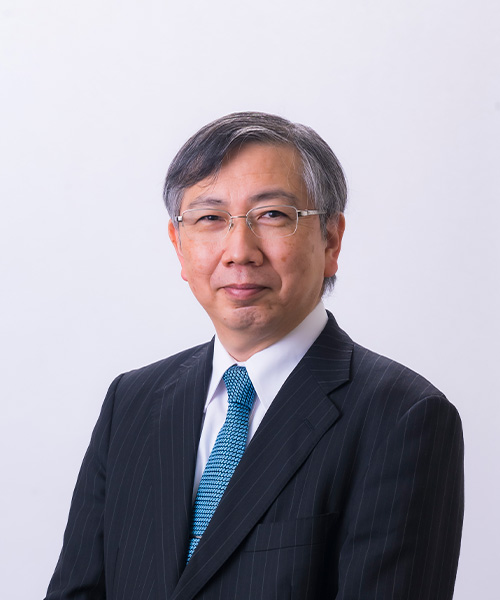
Professor
Hirokazu KATO -
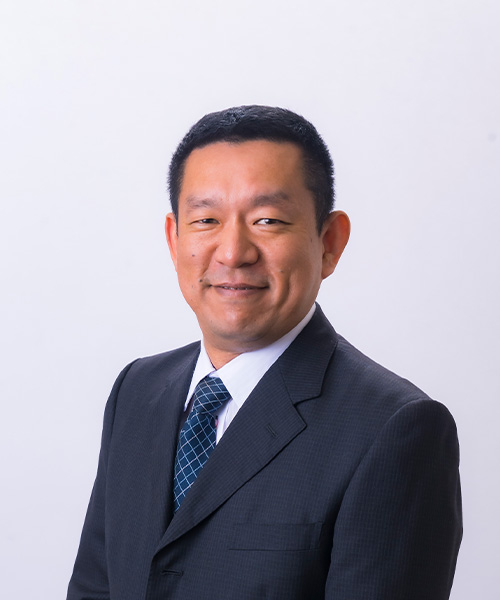
Affiliate Professor
Masayuki KANBARA -

Affiliate Professor
Goshiro YAMAMOTO -

Associate Professor
Taishi SAWABE -
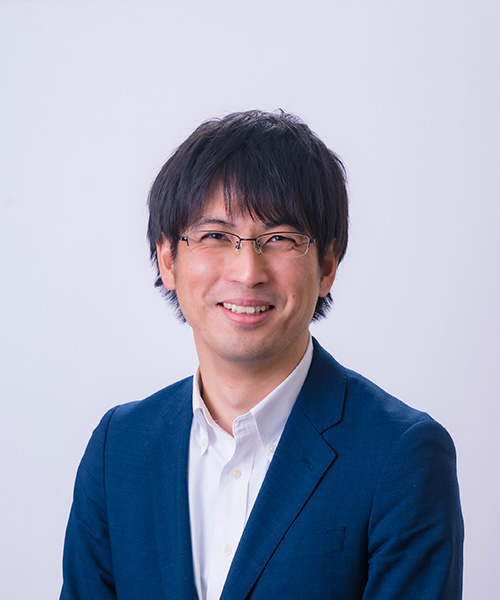
Affiliate Associate Professor
Yuichiro FUJIMOTO -

Assistant Professor
Isidro BUTASLAC
Research Areas
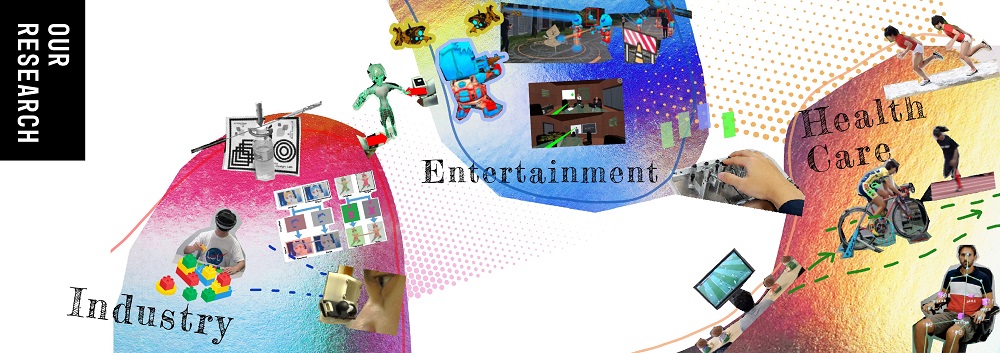
Fig.1: Examples of research areas in Interactive Media Design Laboratory
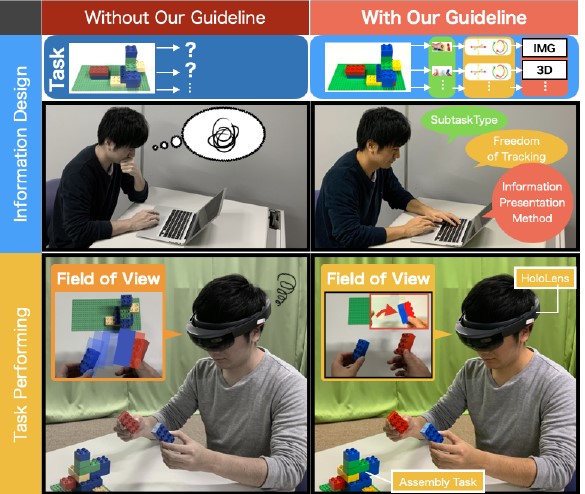
Fig.2: Guideline for designing AR task support system

Fig.3: Development of new head-mounted displays (HMDs)
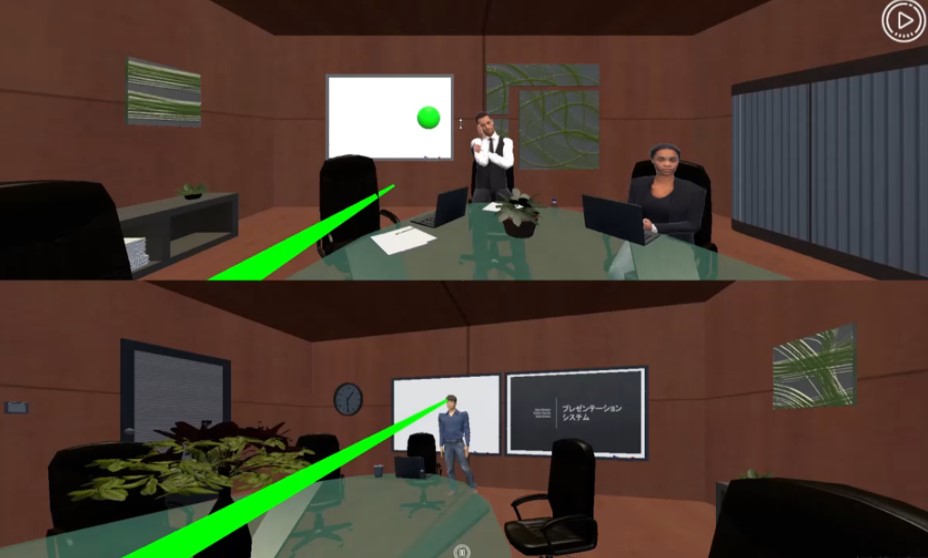
Fig.4: Presentation training system with VR
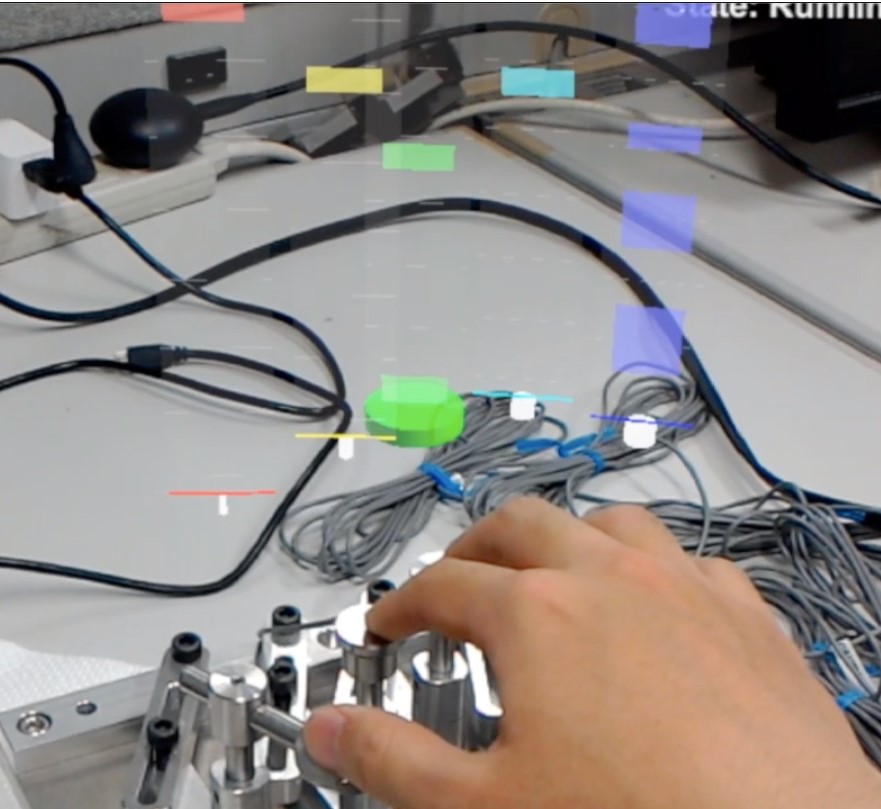
Fig.5: AR for rehabilitation support

Fig.6: AR for supporting doctor's diagnosis
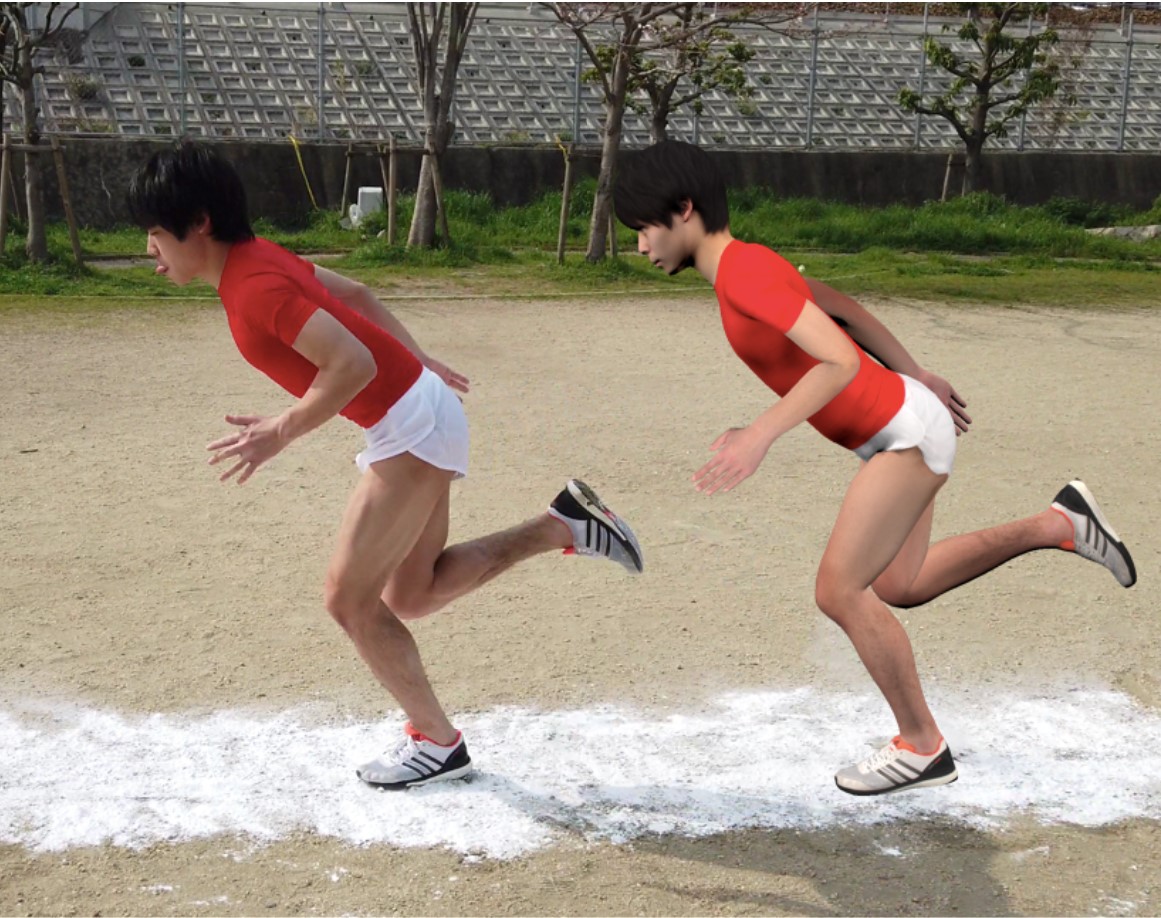
Fig.7: Sports training systems using AR
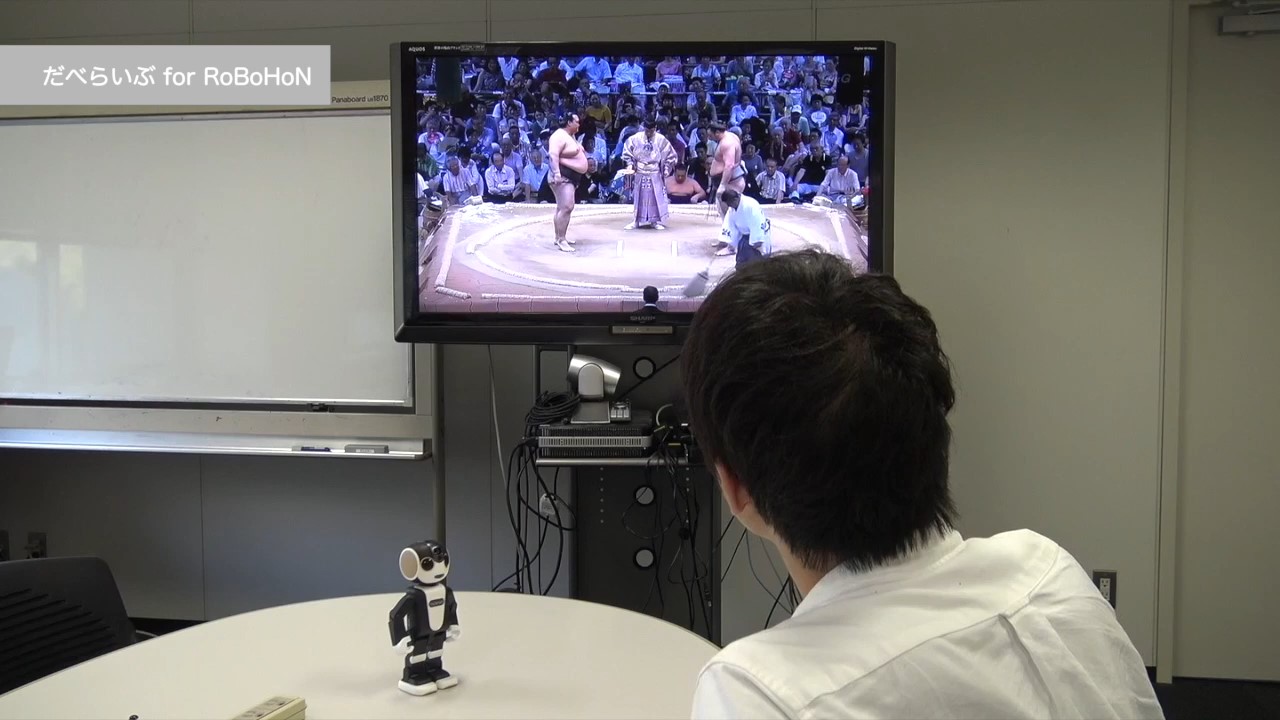
Fig.8: TV chat robot
Our vision is to introduce Augmented Reality (AR) and Virtual Reality (VR) into the everyday lives of the entire population. The application fields include industry, entertainment, health care, etc. (Fig. 1). In order to achieve our vision, it is imperative to merge three currently distinct research fields, computer graphics (CG), computer vision (CV), and human-computer/robot interaction (HCI/HRI), into one.
Industry
- Guideline for designing AR task support system (Fig. 2)
- Development of new head-mounted displays (Fig. 3)
Entertainment
- Various training system with VR and AR (Fig. 4)
- AR game with a large field spatial mapping
Health care
- AR for medical support (Fig. 5, 6)
- Sports training systems using AR (Fig. 7)
- Human Robot Interaction (Fig. 8)
Key Features
Our laboratory has a rich international flavor, with many international students and visiting international researchers gathering from every corner of the world. Therefore, we communicate in English in most meetings and events. We have various custom systems and special equipment and actively pursue creative research.
Dissertation supervision is carried out through frequent discussions in research sub-groups, as well as in weekly lab meetings. In addition to supervising dissertations, we have weekly lunch talks about topics of interest and occasionally arrange research retreats.
Research Equipment
- Ubiquitous display system
- 270 inch display
- AR development environment
- A variety of latest Head-Mounted Display systems
- A steerable projector system
- A body scanning system